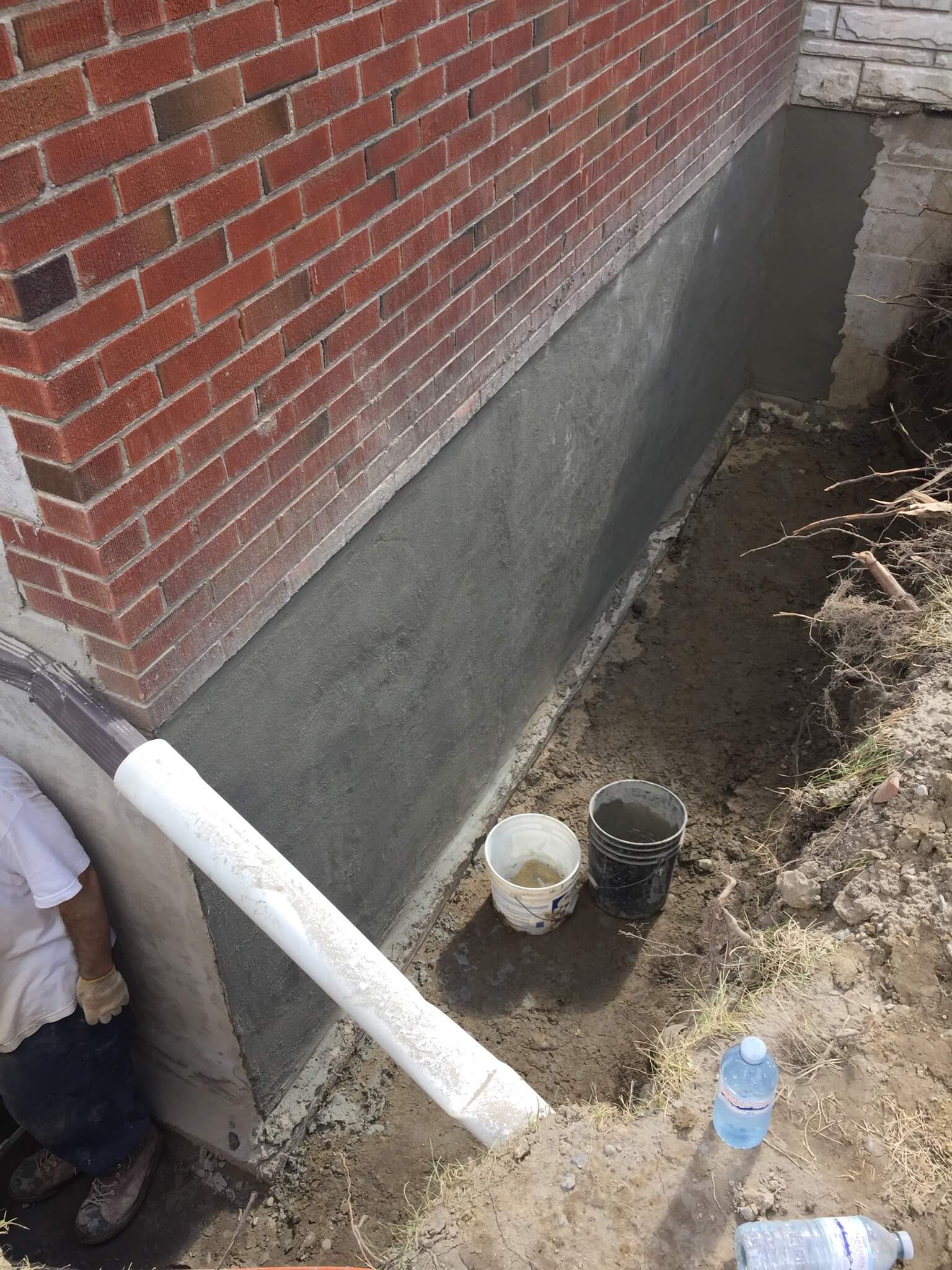A Price of Waterproofing Solutions: Does It Justify the Expense?
Waterproofing is often an neglected aspect of home and construction maintenance, yet its significance cannot be ignored. For homeowners and landlords alike, grasping the value of waterproofing is critical to protecting the integrity and endurance of properties. From preventing costly water damage to mitigating mold formation, effective waterproofing strategies serve a key role in safeguarding your property. This piece will examine the various facets of waterproofing, showcasing why it is imperative for every house and building.
As we navigate the field of waterproofing, we will discuss the complete guide to what you need to know, from identifying signs your building needs immediate care to common myths that need clarification. Whether you are looking into DIY techniques or employing a professional, knowing the costs and benefits of waterproofing can save you significantly in potential maintenance costs. Join us as we discover the numerous elements of waterproofing and determine whether the expenditure is truly valuable for your property.
Value of Waterproofing Techniques
Applying waterproofing techniques is an important aspect of preserving the durability and endurance of your property or structure. It serves as a barrier against water, preventing water from penetrating into structures where it can cause serious problems. This is particularly critical in regions prone to heavy precipitation or water accumulation. Not only does waterproofing safeguard from liquid damage, but it also improves the durability of construction materials used in construction, ultimately preserving your property value.
Ignoring the need for moisture protection can lead to a range of problems, including mold growth, damage to the structure, and rising maintenance costs. Water intrusion can destabilize foundations and create unhealthy environments due to moist environments. By proactively waterproofing your home, you can prevent these financially burdensome repairs and guarantee a healthy and healthy environment for your occupants or tenants.
In addition to averting damage, waterproofing can also enhance energy efficiency in buildings. By blocking moisture, you lessen the risk of heat loss and can keep a uniform indoor climate. This not only leads to a more comfortable home environment but also causes lower electricity expenses, making waterproofing not just a safeguard, but also a financially wise decision.
Benefit-Cost Analysis of Waterproofing
Putting money in waterproofing can seem daunting at first sight, particularly when homeowners think about the initial costs. However, the long-term savings linked with waterproofing typically surpass these upfront expenses. For example, properties that are adequately waterproofed are not as likely to experience from moisture damage, mold, and building deterioration. By preventing click this link now , property owners can avoid expensive repairs and save a considerable amount of dollars in repair and refurbishment work that may be necessary for a neglected property.
The advantages of moisture proofing go beyond mere cost savings. Many homeowners find that waterproofed spaces contribute positively to their overall comfort and property value. For example, a dry and properly kept basement not just provides additional usable space but also boosts the property's appeal. Moreover, areas that are impervious to moisture reduce the risk of health-related issues stemming from mold and mildew, leading to a healthier living environment for residents.
In addition, waterproofing can result in enhanced energy efficiency. Wet or damp structures can lead to higher heating and air conditioning costs, as moisture can negatively affect insulation and overall temperature control. By putting resources in proper waterproofing techniques, property owners may find reduced utility bills in addition to the ameliorated comfort of their homes. Assessing the comprehensive cost-benefit equation reveals that prioritizing waterproofing can yield substantial returns on investment over time.
Determining the Best Waterproofing Strategies
Choosing the best moisture-proofing options for your building requires a detailed knowledge of your particular demands and the surroundings. Consider elements such as the regional weather, soil types, and the kind of structure you own. For instance, if you live in an area susceptible to intense precipitation or flooding, you might require a more sturdy outdoor waterproofing system to shield against water infiltration. On the other hand, for regions with lower intense weather, interior options may suffice to regulate moisture amounts.

Then, examine the various types of waterproofing techniques available. Interior waterproofing techniques, such as sealants and membranes, can be helpful in preventing moisture from entering surfaces and ground. Conversely, outdoor waterproofing usually requires excavation and setting up of drainage solutions, which can be more pricey but provides sustained safeguarding. It's essential to weigh the advantages and disadvantages of each technique, considering factors like price, effectiveness, and the inconvenience each technique may introduce during installation.
In conclusion, seek advice from specialists to ensure you select the most suitable products and methods tailored to your specific situation. A qualified waterproofing expert can assess your home, recommend appropriate options, and provide valuable insights into the latest technologies. Note that, investing in the right waterproofing solutions now can stop costly fixes in the future, protecting your building from moisture damage and enhancing its durability.